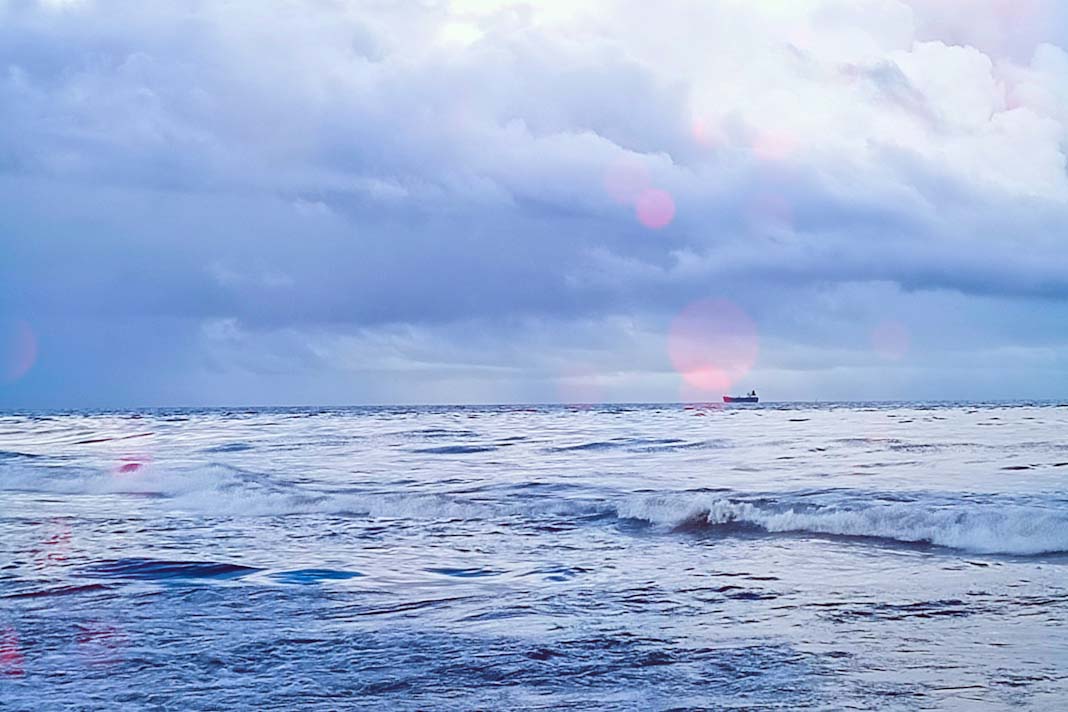
- Investigation finds crew distraction, alcohol use, and navigational errors as main causes of the 2020 oil spill.
- Authorities faulted for delayed response and lack of coordination during the crisis.
- Recommendations include a vessel reporting system and updated national oil spill contingency plan.
Five years after a large bulk carrier ran aground off Pointe-d’Esny, Mauritius, a Court of Investigation has revealed severe lapses by both the vessel’s crew and national authorities. The ship struck coral reefs about 900 metres from shore on 25 July 2020, spilling nearly 1,000 tonnes of heavy fuel oil — the worst environmental disaster in the island’s history.
Crew Negligence and Alcohol Consumption
Investigators concluded that crew negligence and alcohol use played a central role in the accident. The officer on watch was reportedly distracted, focusing on accessing mobile internet to contact family rather than maintaining a proper navigational lookout. Voyage Data Recorder (VDR) evidence revealed that bridge conversations centered on internet connectivity and social activities instead of safety monitoring.The vessel’s master deliberately sailed closer to the coast to improve mobile reception, entering Mauritian waters without informing authorities. Despite nearing only 1.5 miles from shore, he failed to take command as required by company procedures.
Alcohol consumption was found to be significant — the master drank multiple times during a crew celebration and afterward on the bridge. The officer of the watch even requested permission for a cadet to skip lookout duties to continue attending the party, which was approved.
Navigational and Technical Errors
The inquiry found that the bridge team relied on an over-zoomed, small-scale electronic navigation chart instead of a detailed coastal one. This poor use of navigation equipment, combined with weak discipline, led directly to the grounding.Following the incident, attempts were made to stabilize the vessel by flooding a cargo hold, but structural cracks soon appeared. The ship eventually split in two, releasing large quantities of oil that destroyed coral reefs, harmed marine ecosystems, and triggered public outrage across Mauritius.
Failures by Authorities
The report also pointed to shortcomings within the National Coast Guard and emergency agencies. Despite radar visibility of the vessel’s approach, the authorities failed to act in time. Poor coordination between agencies caused delays in the initial response, amplifying the environmental damage.
Recommendations and Public Release
The Court recommended establishing a mandatory vessel reporting system for ships operating near Mauritius’s coastline, alongside an immediate update to the national oil spill contingency plan — unchanged for nearly two decades.The findings were made public only recently, following a change in government eleven months ago, after the previous administration kept the report confidential.
Did you subscribe to our daily Newsletter?
It’s Free Click here to Subscribe!
Source: Marine Insight

















